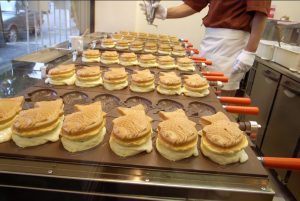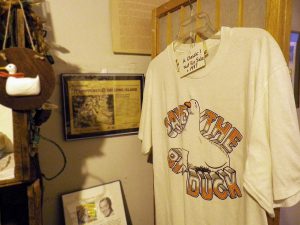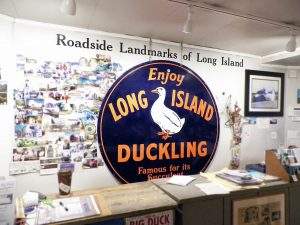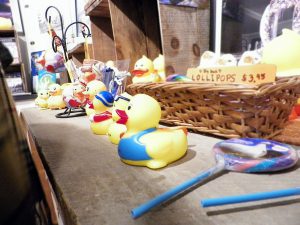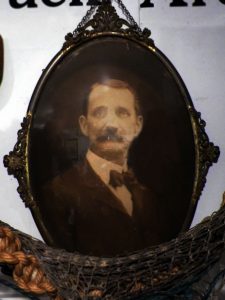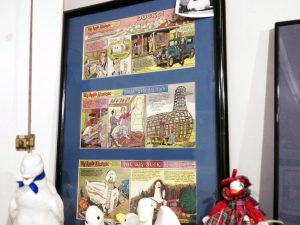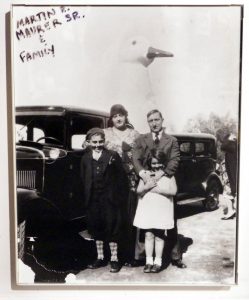Located in the Meat-Packing district of Manhattan resides a foodie’s paradise. It stands on a large plot of land that stretches from west 16th street-west 15th street and 9th avenue-10th avenue; if you have ever walked throughout New York City, you know how long avenues can be. It seems to extend very far while walking inside the market but it also is an extremely enjoyable method of walking an avenue. Although it is a major tourist attraction, us locals can still enjoy the market on the regular basis since there is always new things to try from the vendors and recently added seating arrangements, leaving plenty of great places to relax, reflect, and recharge.
Seeing all the people walk and lounge throughout the market makes it hard to see what it used to be, a factory for NABISCO (aka National Biscuit Company). NABISCO started in 1898 by a lawyer/businessman named Adolphus Green in Chicago. He curated a merger plan of 40 small mid-western bakeries and 6 small bakeries from the New York Biscuit Company (created by William Moore). In 1906 the headquarters was moved from Chicago to Manhattan (what is now Chelsea Market) and was labeled the world’s largest bakery of its time. The very popular Oreo cookie was first manufactured between those walls, changing milk for kids nationwide. NABISCO left the building in the 1940’s and left behind the factory space. It is now home to many vendors after complete renovations had been done on the space by Vandeburg Architects in 1998. They stripped the space to its brick facades and utilized recycled industrial objects throughout the market, in a way making the remodel eco-friendly while giving it more of a grungy industrial essence. The market is not only a holding space for stores it’s so much more; it’s a indoor park, cafe, art gallery, historical museum, etc. Just think of getting your coffee, cheese, bread, books, or baking supplies from the same address that used to make your childhood’s favorite dunk-able cookies and infamous crackers that were crumbled over many bowls of soup.
Every time I go into an establishment or a public space I always tend to put it in my own mental category of what I would do there, in my opinion this place is perfect for reading, sketching, writing, or catching up with a friend. Try it out and visit the Chelsea Market or visit it again; if you haven’t been there in the last year ,like me, you will probably see newly added stores and exhibits. Nonetheless, it’s always a fun and exciting 800 foot walk, as you weave through the stores.









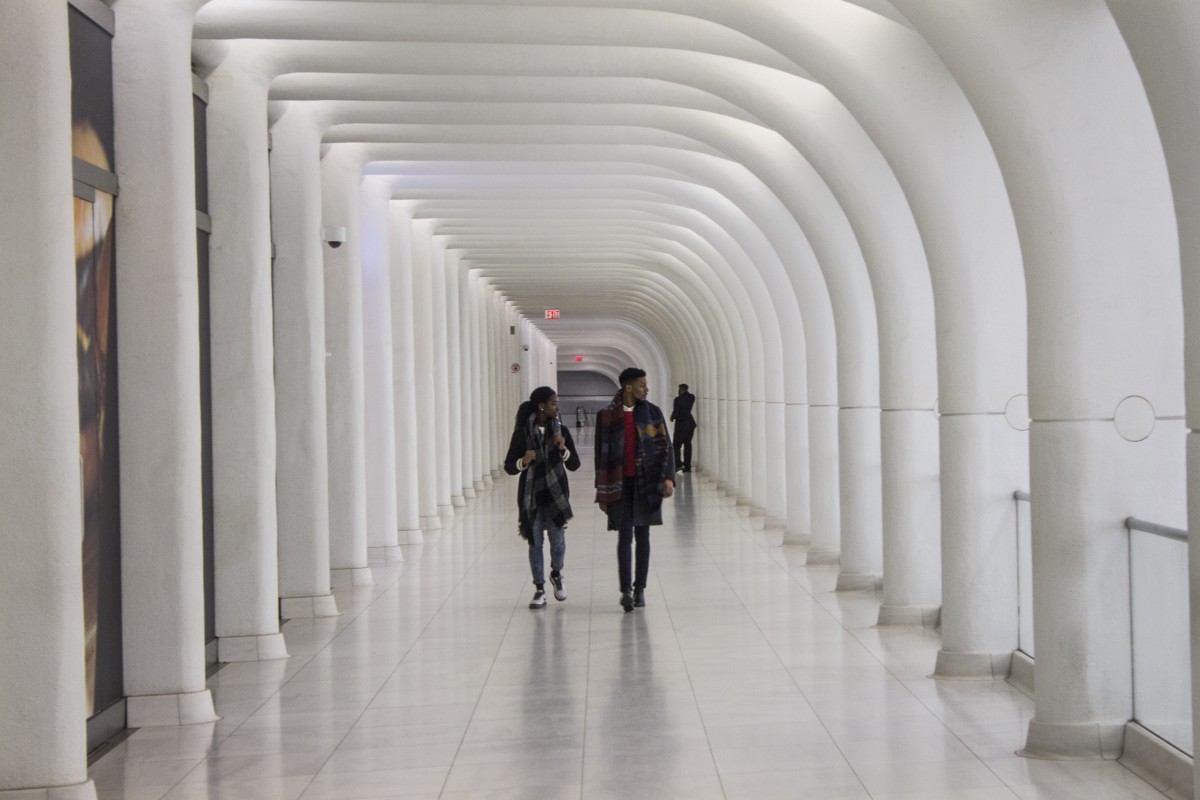
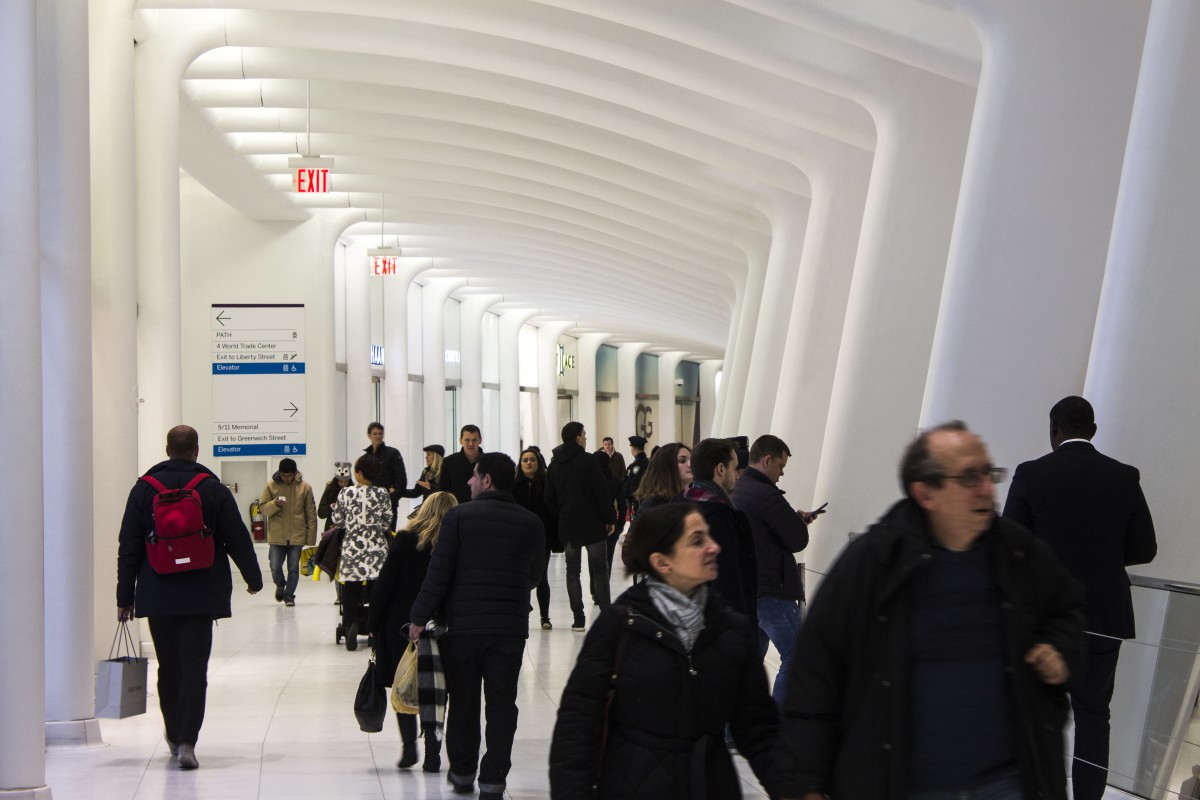

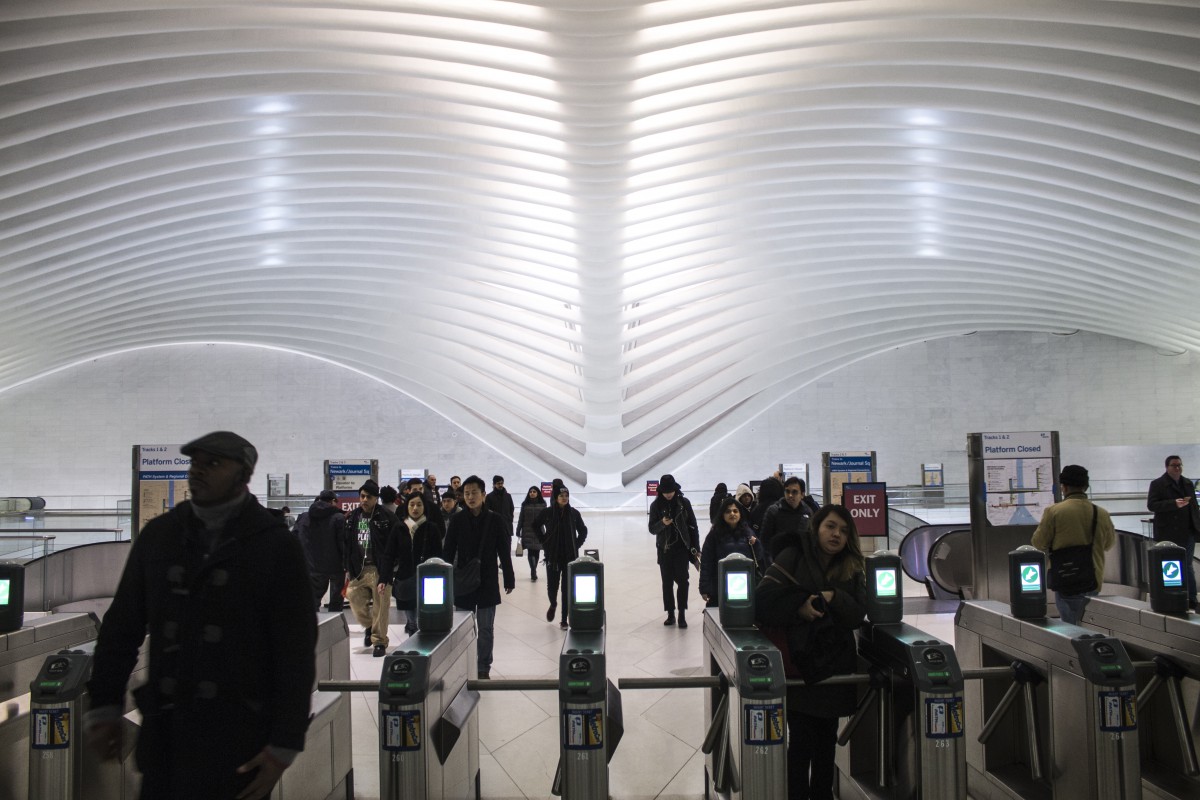




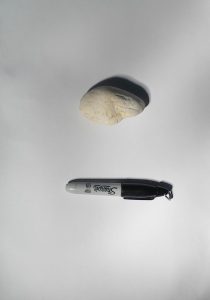
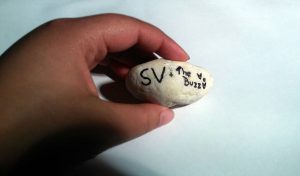
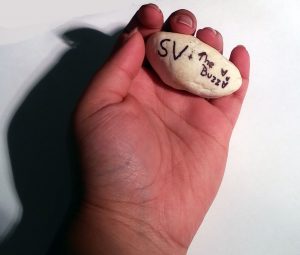
 Stanimir karamihaylov
Stanimir karamihaylov
